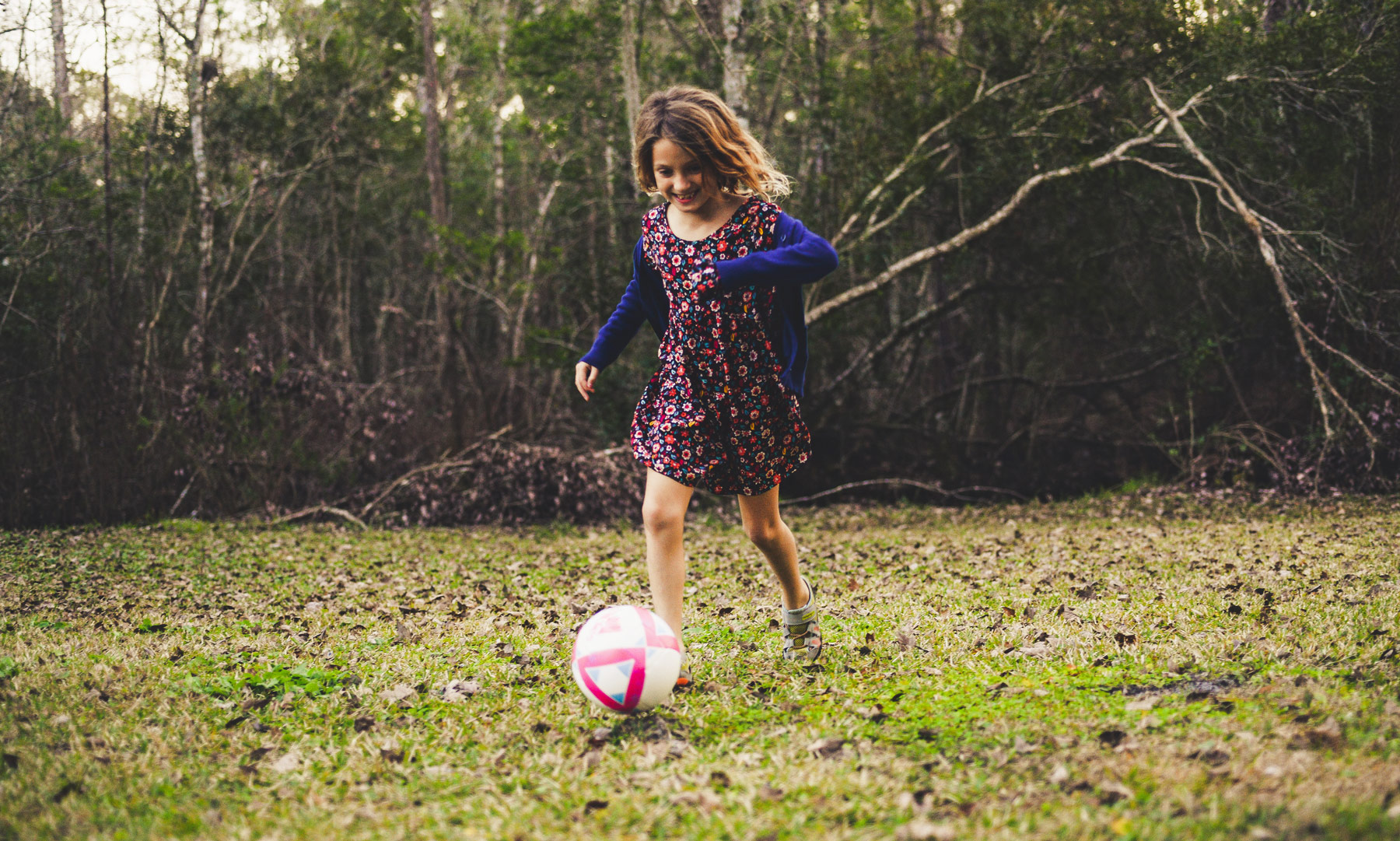Laterality is one of the nine areas of tactile-kinesthetic processing that impacts learning. Simply stated, laterality is the internal awareness of space located to the right and left of the mid-line in the body. Furthermore, it is the internal awareness of both sides of the body working together and in opposition to each other.

Laterality and Learning: The Impact
Laterality difficulties can lead to problems with recognizing the difference between ‘b’ and ‘d’, ‘p’ and ‘q’, ‘was’ and ‘saw’ or telling how far or near something is in relation to themselves. This is also characteristic of children that don’t have a preferred hand for writing (being right handed or left handed). Sometimes children and even adults have difficulty with holding a piece of paper at the same time they are writing on it. Often these children have difficulty with crossing the mid-line.
These problems directly impact reading comprehension skills and your ability to read fluently. They also impact spatial awareness and your ability to mentally visualize both objects and stories (which aids memory skills) and rotate objects in space. Remember, a ‘d’ is the same shape as a ‘b’ and flipped down and over a ‘p’ or a ‘q’.
The US National Library of Medicine National Institutes of Health report states:
A meta-analysis of Uttal et al. (2013) proved stable and transferable improvement of visuo-spatial abilities via special forms of spatial training even if the post-tests were not conducted immediately after finishing the training period. Beside that, the increase of subjects with initially weaker visuo-spatial abilities was larger than for rather skilled subjects.
This report also notes, “There is lot of research which shows the relation of motor tasks, particularly motor tasks, which are conducted with hands and different kinds of cognitive activity, especially the influence on mental rotation performance of children and adults.” (Wohlschläger and Wohlschläger, 1998; Wiedenbauer and Jansen-Osmann, 2008).
Laterality and Learning Activities
There are a variety of activities you can do to improve laterality. One activity is to move a soccer ball with small kicks using your dominant foot for 25 feet and then turn around and move it back with small kicks, using your non-dominant foot. Additional laterality activities are included in the Summer Reading Program‘s Brain-Body Activities.
Who is Bonnie Terry?
Bonnie Terry is a Board Certified Educational Therapist and internationally recognized as America’s Leading Learning Specialist and the founder of BonnieTerryLearning.com. Terry is an expert in developing learning programs that target how people learn through the visual, auditory, and tactile/kinesthetic processing systems. Terry coaches teachers and parents so they can give their child a 2 to 4-year learning advantage in just 45-60 minutes a day. She is a frequent media guest and speaker.
